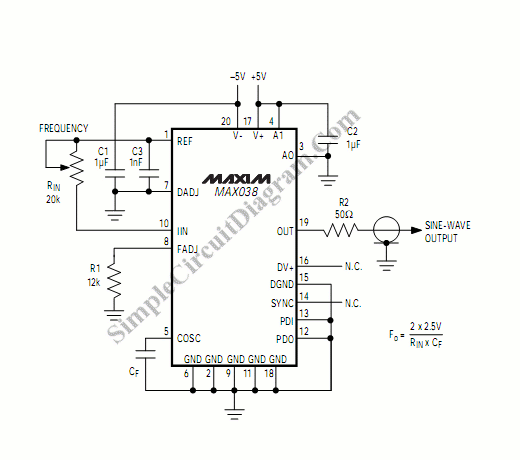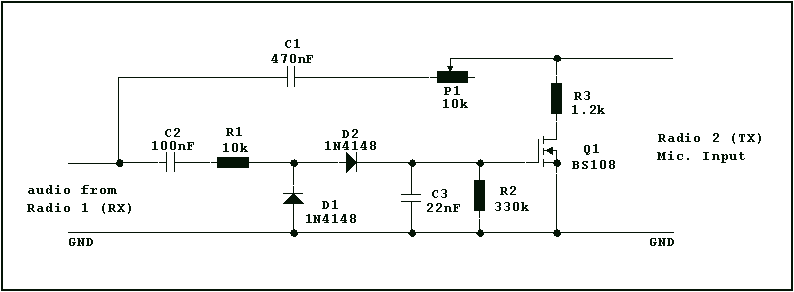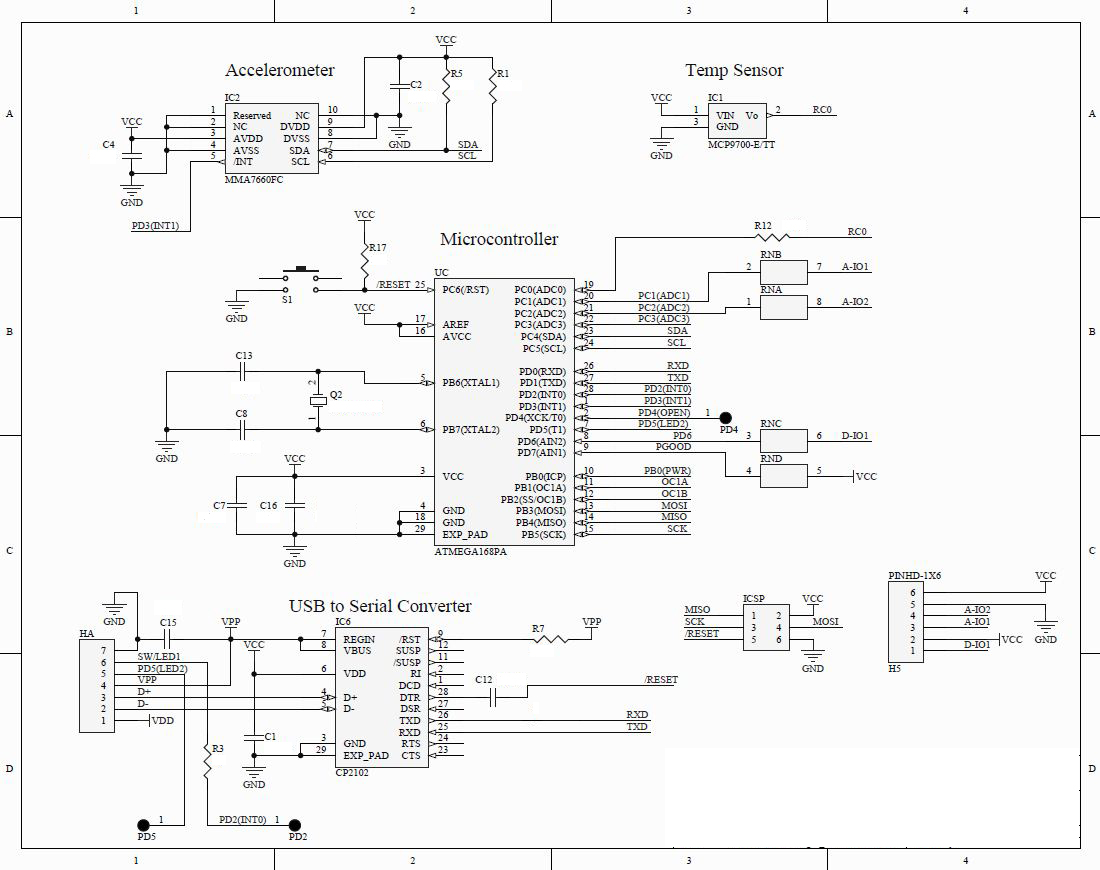
iOS interfacing Frequency Shift Keying (FSK) from Arduino

It has been determined that the Hijack method for obtaining serial data from the Mindflex to the iPhone will likely not be utilized. This decision is primarily based on the availability of most components needed to construct a similar system from the ground up. However, the specifics of the modifications to the original design are not mentioned.
The project involves interfacing a Mindflex headset with an iPhone to transmit serial data. The Mindflex headset typically uses a Bluetooth module for wireless communication, while the iPhone will require a compatible interface for data reception.
To build a custom system, the following components may be necessary: a microcontroller (such as an Arduino or ESP32) to handle data processing and communication, a Bluetooth module (if not integrated into the microcontroller) to facilitate wireless transmission, and necessary power supply components to ensure stable operation.
The microcontroller will be programmed to read the serial data from the Mindflex and format it for transmission over Bluetooth. The data may include EEG readings, which can be processed to extract meaningful information regarding brain activity.
The schematic will consist of connections between the microcontroller, the Bluetooth module, and the Mindflex headset. Power management circuits should be incorporated to regulate voltage levels and ensure that all components function within their specified operating ranges.
Overall, this custom approach allows for flexibility in design and functionality, potentially leading to a more tailored solution for interfacing the Mindflex with the iPhone.So, it turns out that I`m probably not going to use the Hijack approach to getting serial data from my Mindflex into my iPhone. This is mainly due to the fact that I have the majority of the components to build a similar system from scratch.
The difference will be that I will not use. 🔗 External reference
The project involves interfacing a Mindflex headset with an iPhone to transmit serial data. The Mindflex headset typically uses a Bluetooth module for wireless communication, while the iPhone will require a compatible interface for data reception.
To build a custom system, the following components may be necessary: a microcontroller (such as an Arduino or ESP32) to handle data processing and communication, a Bluetooth module (if not integrated into the microcontroller) to facilitate wireless transmission, and necessary power supply components to ensure stable operation.
The microcontroller will be programmed to read the serial data from the Mindflex and format it for transmission over Bluetooth. The data may include EEG readings, which can be processed to extract meaningful information regarding brain activity.
The schematic will consist of connections between the microcontroller, the Bluetooth module, and the Mindflex headset. Power management circuits should be incorporated to regulate voltage levels and ensure that all components function within their specified operating ranges.
Overall, this custom approach allows for flexibility in design and functionality, potentially leading to a more tailored solution for interfacing the Mindflex with the iPhone.So, it turns out that I`m probably not going to use the Hijack approach to getting serial data from my Mindflex into my iPhone. This is mainly due to the fact that I have the majority of the components to build a similar system from scratch.
The difference will be that I will not use. 🔗 External reference





